International Heritage
입력 2018.12.11 (15:25)
수정 2018.12.11 (15:30)
읽어주기 기능은 크롬기반의
브라우저에서만 사용하실 수 있습니다.
[Anchor Lead]
Many cultural relics are being abandoned across the world, and some countries, including South Korea are spending their own money to help restore international cultural heritage. Next, we'll take a look at what work is being done overseas by Korean researchers to restore international heritage
[Pkg]
This is Laos' Hong Nang Sida Temple, which boasts a history of a thousand years. A South Korean research team has been working here for six years to restore historical relics that have been long abandoned. As a spiritual home for Laotian people, the temple is the starting point of an ancient pilgrimage route. Crumbled stones are collected Widely used by ancient Koreans, this construction method called "deujapi" uses three long poles to form a support. The stone temple was destroyed due to earthquakes and other effects. Collapsed stones are fit into place, like puzzle pieces put back together. Broken stones are connected with new, similar-sized stones and restored to their original forms. This cutting-edge technology was used to restore a stone pagoda on the site of Mireuk-sa Temple in Iksan, Jeollabuk-do Province.
[Soundbite] Baek Kyung-hwan(Manager of Hong Nang Sida Temple Restoration Site) : "It is global citizens' responsibility and right to protect and preserve the common assets of humankind."
South Korea will give technological help to Myanmar in restoring Payathonzu Temple in Bagan. South Korea's techniques to restore traditional Buddhist paintings has received positive responses in the Southeast Asian country. Myanmar's museum, which had to leave historical relics unattended for the lack of storehouses, are now equipped with proper facilities with South Korea's help.
[Soundbite] Thura Aung Ko(Myanmar Minister of Religious Affairs and Culture) : "The Myanmar government sent rice to South Korea shortly after the Korean War. Time has passed and South Korea is now helping Myanmar. I am grateful for South Korea's help."
Seventeen countries are working to restore cultural relics in South East Asia. South Korea is also lending a helping hand to breathe new life into international historical remains.
Many cultural relics are being abandoned across the world, and some countries, including South Korea are spending their own money to help restore international cultural heritage. Next, we'll take a look at what work is being done overseas by Korean researchers to restore international heritage
[Pkg]
This is Laos' Hong Nang Sida Temple, which boasts a history of a thousand years. A South Korean research team has been working here for six years to restore historical relics that have been long abandoned. As a spiritual home for Laotian people, the temple is the starting point of an ancient pilgrimage route. Crumbled stones are collected Widely used by ancient Koreans, this construction method called "deujapi" uses three long poles to form a support. The stone temple was destroyed due to earthquakes and other effects. Collapsed stones are fit into place, like puzzle pieces put back together. Broken stones are connected with new, similar-sized stones and restored to their original forms. This cutting-edge technology was used to restore a stone pagoda on the site of Mireuk-sa Temple in Iksan, Jeollabuk-do Province.
[Soundbite] Baek Kyung-hwan(Manager of Hong Nang Sida Temple Restoration Site) : "It is global citizens' responsibility and right to protect and preserve the common assets of humankind."
South Korea will give technological help to Myanmar in restoring Payathonzu Temple in Bagan. South Korea's techniques to restore traditional Buddhist paintings has received positive responses in the Southeast Asian country. Myanmar's museum, which had to leave historical relics unattended for the lack of storehouses, are now equipped with proper facilities with South Korea's help.
[Soundbite] Thura Aung Ko(Myanmar Minister of Religious Affairs and Culture) : "The Myanmar government sent rice to South Korea shortly after the Korean War. Time has passed and South Korea is now helping Myanmar. I am grateful for South Korea's help."
Seventeen countries are working to restore cultural relics in South East Asia. South Korea is also lending a helping hand to breathe new life into international historical remains.
■ 제보하기
▷ 카카오톡 : 'KBS제보' 검색, 채널 추가
▷ 전화 : 02-781-1234, 4444
▷ 이메일 : kbs1234@kbs.co.kr
▷ 유튜브, 네이버, 카카오에서도 KBS뉴스를 구독해주세요!
- International Heritage
-
- 입력 2018-12-11 15:21:27
- 수정2018-12-11 15:30:40
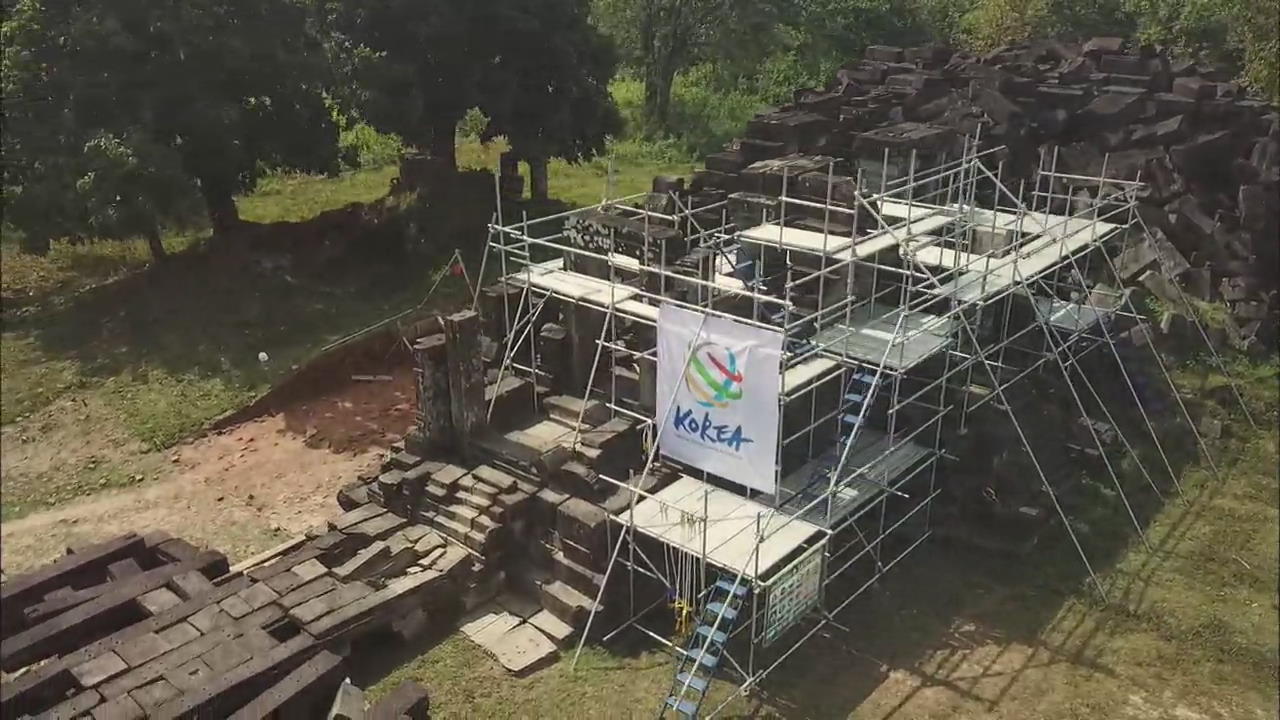
[Anchor Lead]
Many cultural relics are being abandoned across the world, and some countries, including South Korea are spending their own money to help restore international cultural heritage. Next, we'll take a look at what work is being done overseas by Korean researchers to restore international heritage
[Pkg]
This is Laos' Hong Nang Sida Temple, which boasts a history of a thousand years. A South Korean research team has been working here for six years to restore historical relics that have been long abandoned. As a spiritual home for Laotian people, the temple is the starting point of an ancient pilgrimage route. Crumbled stones are collected Widely used by ancient Koreans, this construction method called "deujapi" uses three long poles to form a support. The stone temple was destroyed due to earthquakes and other effects. Collapsed stones are fit into place, like puzzle pieces put back together. Broken stones are connected with new, similar-sized stones and restored to their original forms. This cutting-edge technology was used to restore a stone pagoda on the site of Mireuk-sa Temple in Iksan, Jeollabuk-do Province.
[Soundbite] Baek Kyung-hwan(Manager of Hong Nang Sida Temple Restoration Site) : "It is global citizens' responsibility and right to protect and preserve the common assets of humankind."
South Korea will give technological help to Myanmar in restoring Payathonzu Temple in Bagan. South Korea's techniques to restore traditional Buddhist paintings has received positive responses in the Southeast Asian country. Myanmar's museum, which had to leave historical relics unattended for the lack of storehouses, are now equipped with proper facilities with South Korea's help.
[Soundbite] Thura Aung Ko(Myanmar Minister of Religious Affairs and Culture) : "The Myanmar government sent rice to South Korea shortly after the Korean War. Time has passed and South Korea is now helping Myanmar. I am grateful for South Korea's help."
Seventeen countries are working to restore cultural relics in South East Asia. South Korea is also lending a helping hand to breathe new life into international historical remains.
Many cultural relics are being abandoned across the world, and some countries, including South Korea are spending their own money to help restore international cultural heritage. Next, we'll take a look at what work is being done overseas by Korean researchers to restore international heritage
[Pkg]
This is Laos' Hong Nang Sida Temple, which boasts a history of a thousand years. A South Korean research team has been working here for six years to restore historical relics that have been long abandoned. As a spiritual home for Laotian people, the temple is the starting point of an ancient pilgrimage route. Crumbled stones are collected Widely used by ancient Koreans, this construction method called "deujapi" uses three long poles to form a support. The stone temple was destroyed due to earthquakes and other effects. Collapsed stones are fit into place, like puzzle pieces put back together. Broken stones are connected with new, similar-sized stones and restored to their original forms. This cutting-edge technology was used to restore a stone pagoda on the site of Mireuk-sa Temple in Iksan, Jeollabuk-do Province.
[Soundbite] Baek Kyung-hwan(Manager of Hong Nang Sida Temple Restoration Site) : "It is global citizens' responsibility and right to protect and preserve the common assets of humankind."
South Korea will give technological help to Myanmar in restoring Payathonzu Temple in Bagan. South Korea's techniques to restore traditional Buddhist paintings has received positive responses in the Southeast Asian country. Myanmar's museum, which had to leave historical relics unattended for the lack of storehouses, are now equipped with proper facilities with South Korea's help.
[Soundbite] Thura Aung Ko(Myanmar Minister of Religious Affairs and Culture) : "The Myanmar government sent rice to South Korea shortly after the Korean War. Time has passed and South Korea is now helping Myanmar. I am grateful for South Korea's help."
Seventeen countries are working to restore cultural relics in South East Asia. South Korea is also lending a helping hand to breathe new life into international historical remains.
이 기사가 좋으셨다면
-
좋아요
0
-
응원해요
0
-
후속 원해요
0










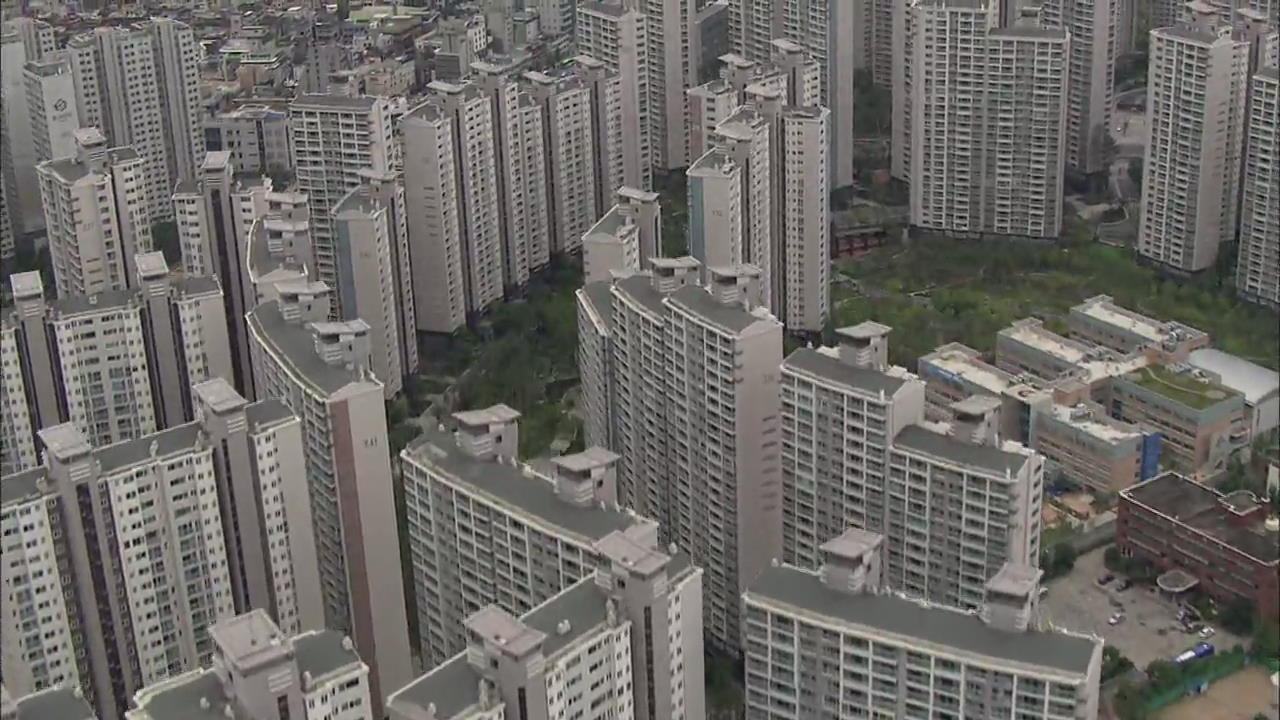

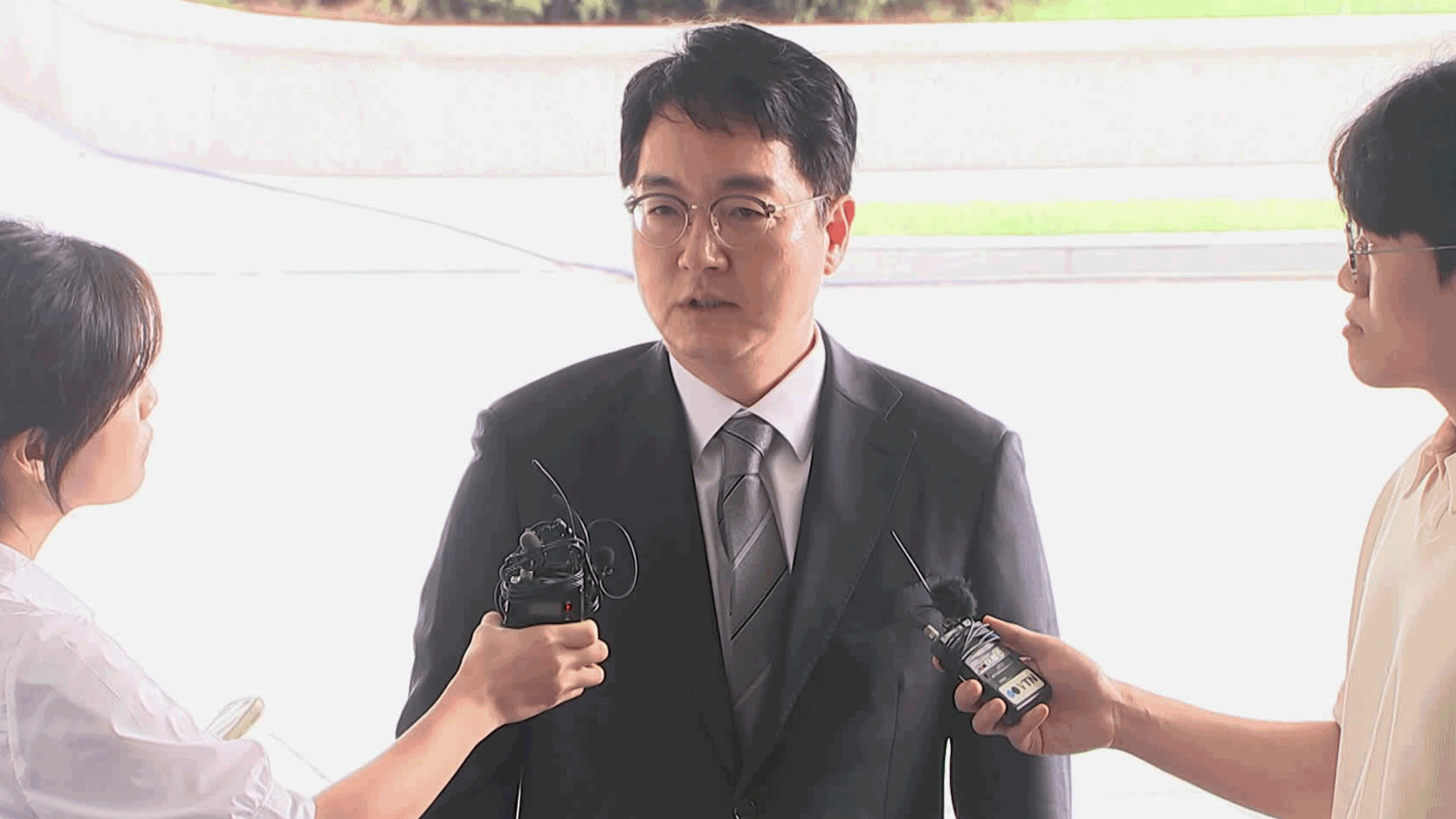
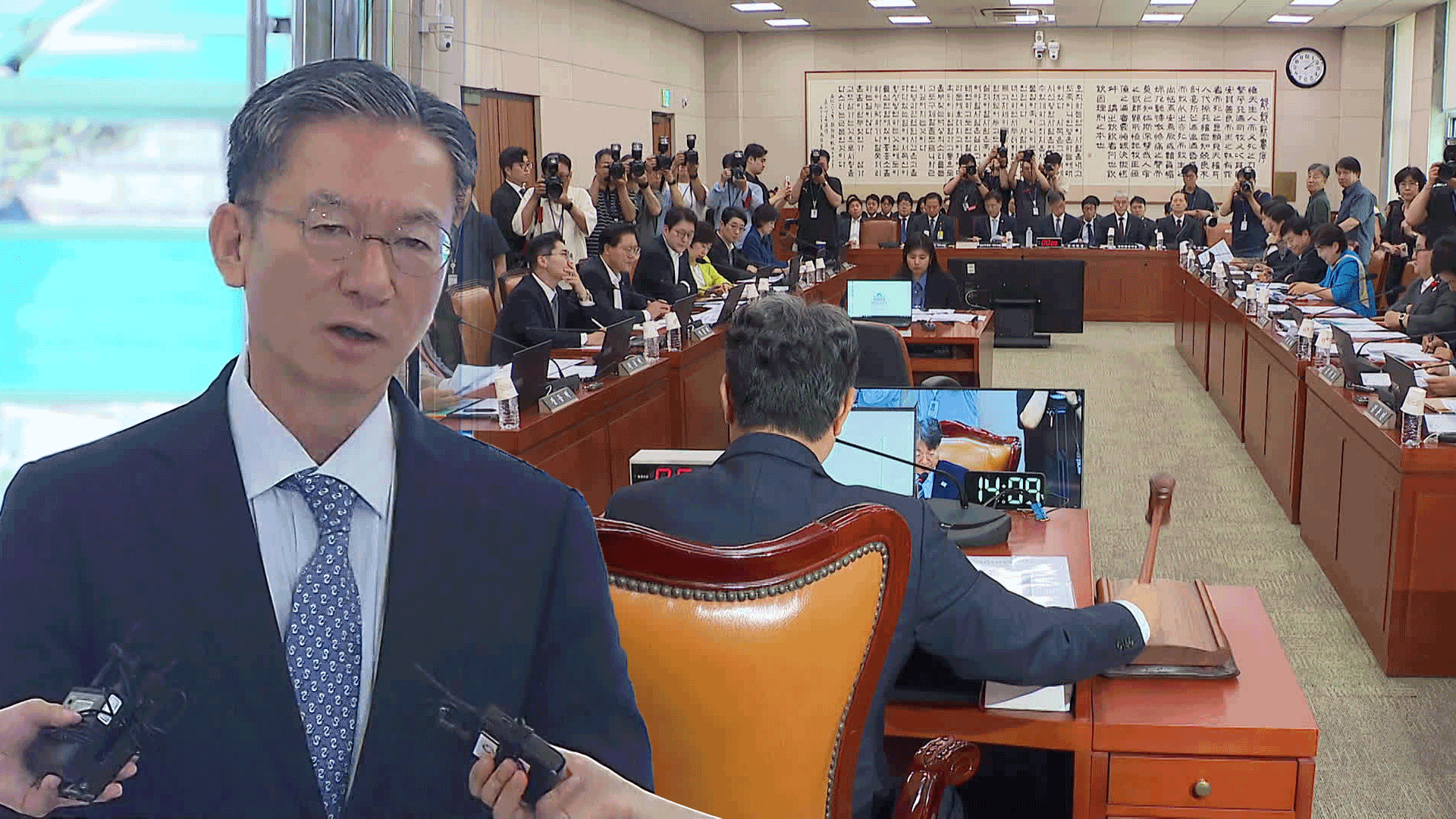
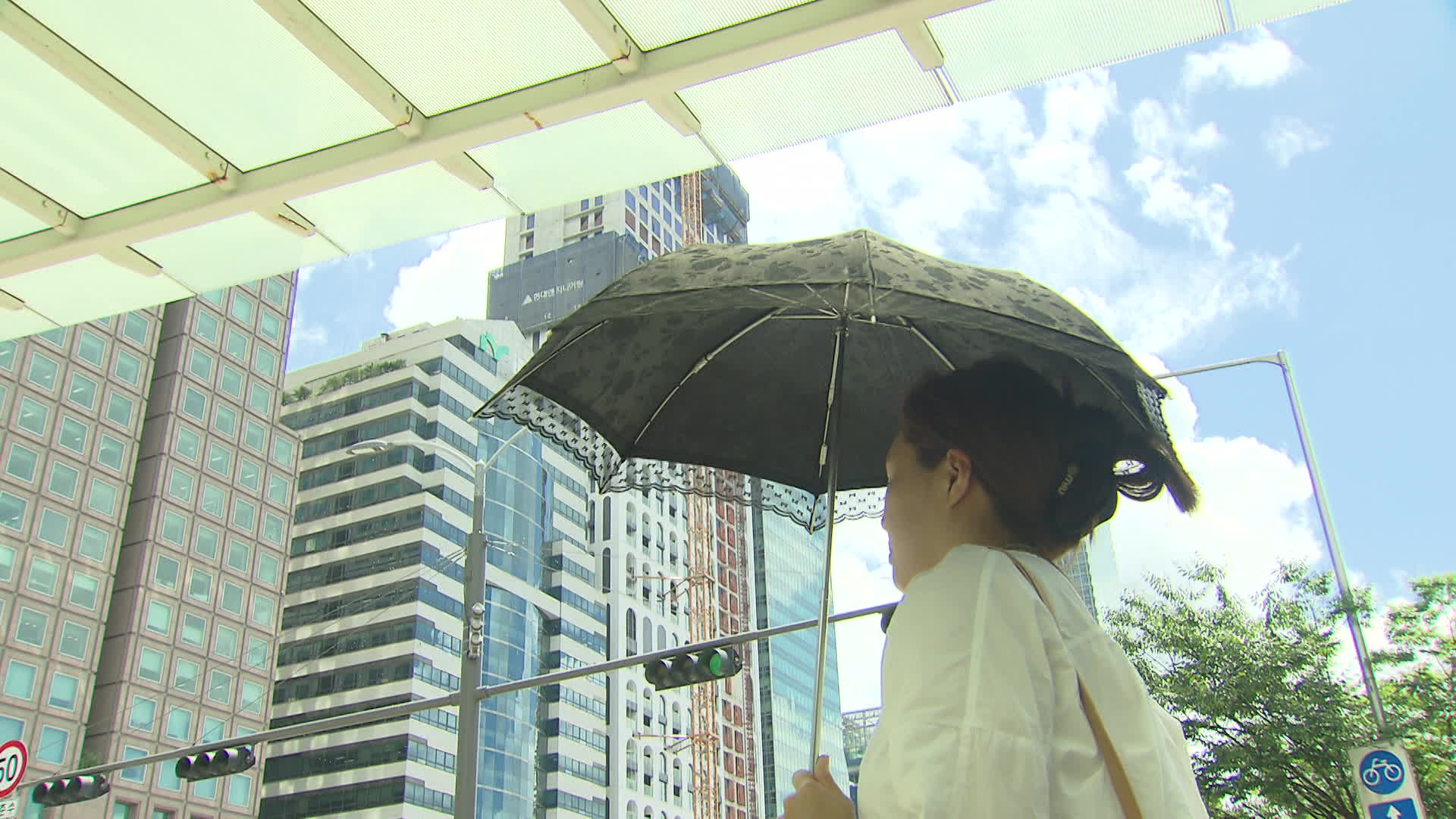
![[단독] 한강버스 운항 두 달 남았는데…일부 공정률 ‘절반 이하’](/data/news/2025/07/01/20250701_LmwC7h.jpg)

이 기사에 대한 의견을 남겨주세요.